Ne Luo
Self-Training Large Language Models for Tool-Use Without Demonstrations
Feb 09, 2025Abstract:Large language models (LLMs) remain prone to factual inaccuracies and computational errors, including hallucinations and mistakes in mathematical reasoning. Recent work augmented LLMs with tools to mitigate these shortcomings, but often requires curated gold tool-use demonstrations. In this paper, we investigate whether LLMs can learn to use tools without demonstrations. First, we analyse zero-shot prompting strategies to guide LLMs in tool utilisation. Second, we propose a self-training method to synthesise tool-use traces using the LLM itself. We compare supervised fine-tuning and preference fine-tuning techniques for fine-tuning the model on datasets constructed using existing Question Answering (QA) datasets, i.e., TriviaQA and GSM8K. Experiments show that tool-use enhances performance on a long-tail knowledge task: 3.7% on PopQA, which is used solely for evaluation, but leads to mixed results on other datasets, i.e., TriviaQA, GSM8K, and NQ-Open. Our findings highlight the potential and challenges of integrating external tools into LLMs without demonstrations.
A Further Study of Unsupervised Pre-training for Transformer Based Speech Recognition
Jun 23, 2020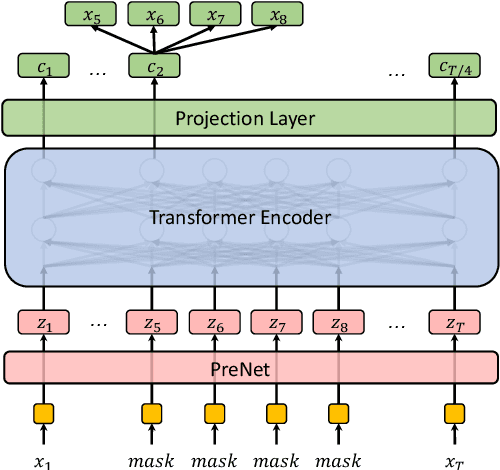
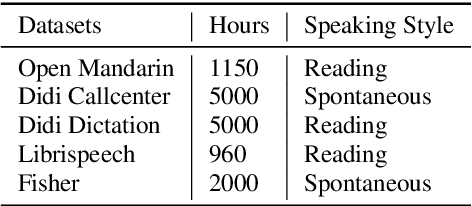
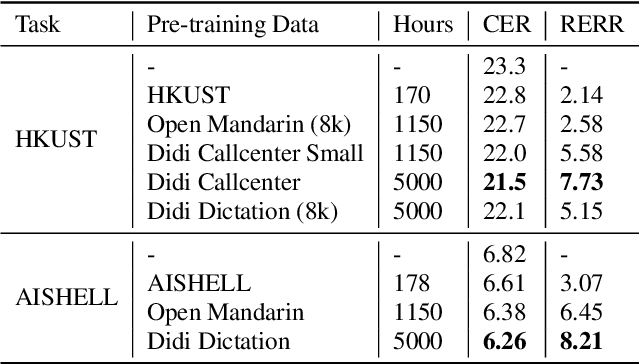
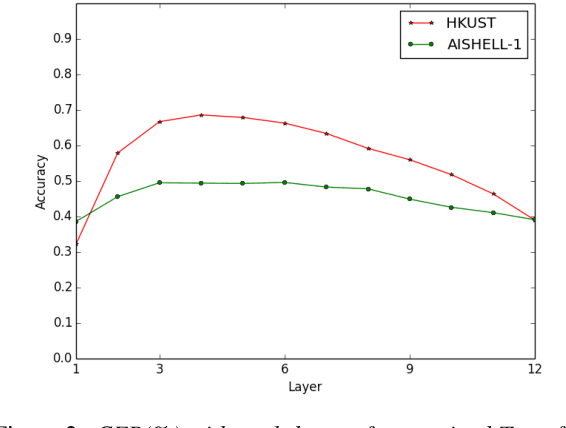
Abstract:Building a good speech recognition system usually requires large amounts of transcribed data, which is expensive to collect. To tackle this problem, many unsupervised pre-training methods have been proposed. Among these methods, Masked Predictive Coding achieved significant improvements on various speech recognition datasets with BERT-like Masked Reconstruction loss and Transformer backbone. However, many aspects of MPC have not been fully investigated. In this paper, we conduct a further study on MPC and focus on three important aspects: the effect of pre-training data speaking style, its extension on streaming model, and how to better transfer learned knowledge from pre-training stage to downstream tasks. Experiments reveled that pre-training data with matching speaking style is more useful on downstream recognition tasks. A unified training objective with APC and MPC provided 8.46% relative error reduction on streaming model trained on HKUST. Also, the combination of target data adaption and layer-wise discriminative training helped the knowledge transfer of MPC, which achieved 3.99% relative error reduction on AISHELL over a strong baseline.
Improving Transformer-based Speech Recognition Using Unsupervised Pre-training
Oct 31, 2019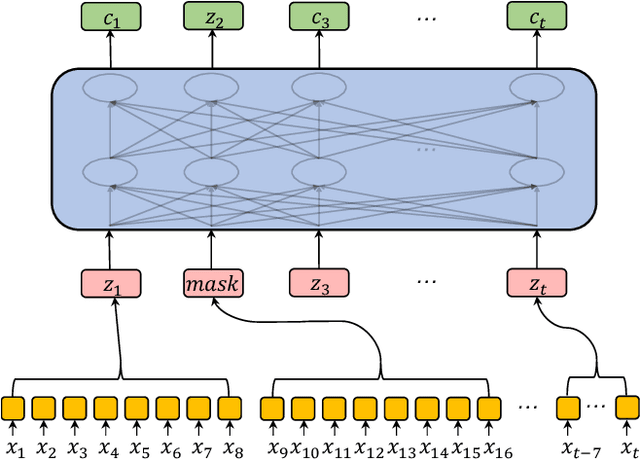

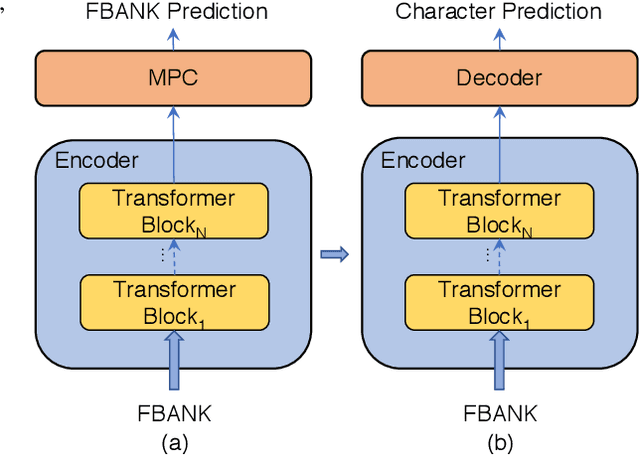

Abstract:Speech recognition technologies are gaining enormous popularity in various industrial applications. However, building a good speech recognition system usually requires large amounts of transcribed data, which is expensive to collect. To tackle this problem, an unsupervised pre-training method called Masked Predictive Coding is proposed, which can be applied for unsupervised pre-training with Transformer based model. Experiments on HKUST show that using the same training data, we can achieve CER 23.3%, exceeding the best end-to-end model by over 0.2% absolute CER. With more pre-training data, we can further reduce the CER to 21.0%, or a 11.8% relative CER reduction over baseline.
Towards End-to-End Code-Switching Speech Recognition
Nov 01, 2018

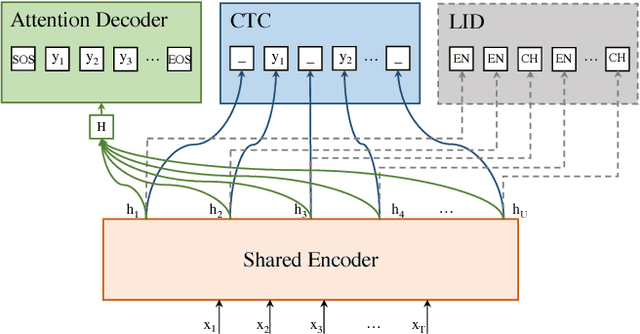
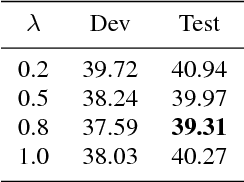
Abstract:Code-switching speech recognition has attracted an increasing interest recently, but the need for expert linguistic knowledge has always been a big issue. End-to-end automatic speech recognition (ASR) simplifies the building of ASR systems considerably by predicting graphemes or characters directly from acoustic input. In the mean time, the need of expert linguistic knowledge is also eliminated, which makes it an attractive choice for code-switching ASR. This paper presents a hybrid CTC-Attention based end-to-end Mandarin-English code-switching (CS) speech recognition system and studies the effect of hybrid CTC-Attention based models, different modeling units, the inclusion of language identification and different decoding strategies on the task of code-switching ASR. On the SEAME corpus, our system achieves a mixed error rate (MER) of 34.24%.
 Add to Chrome
Add to Chrome Add to Firefox
Add to Firefox Add to Edge
Add to Edge